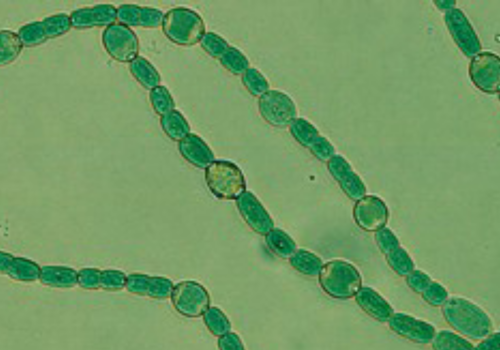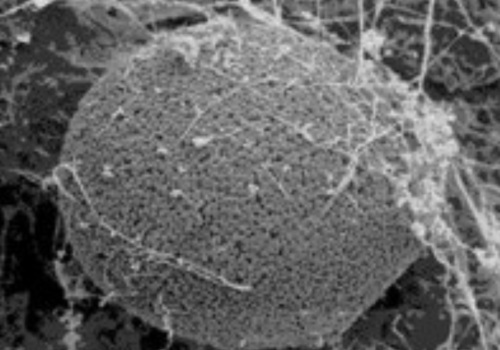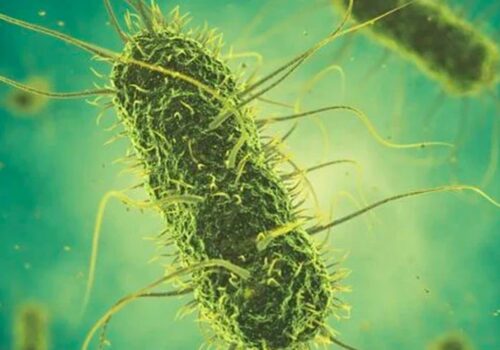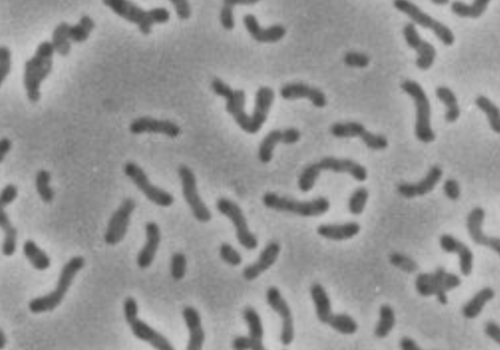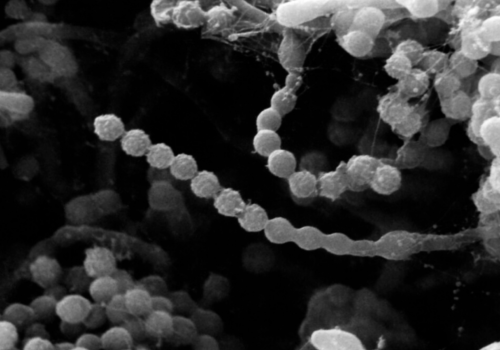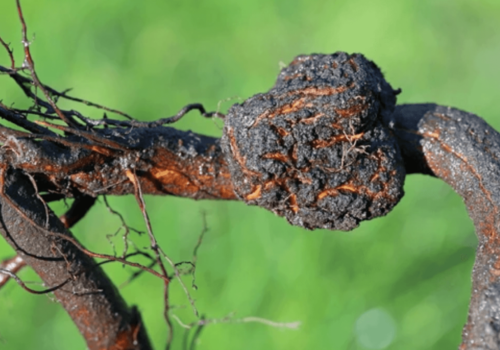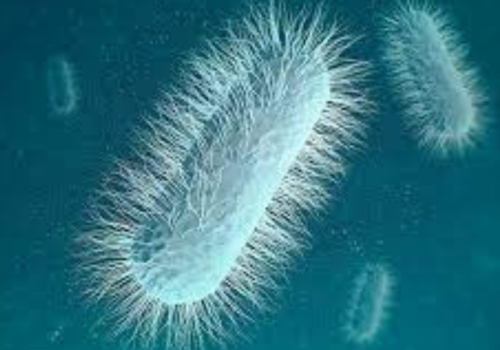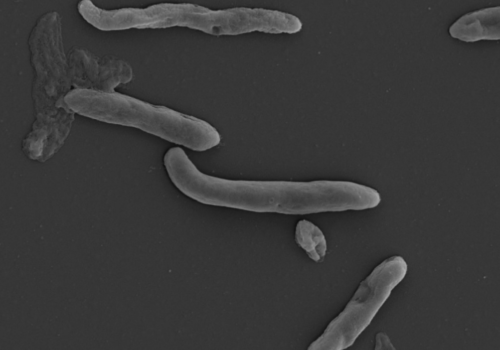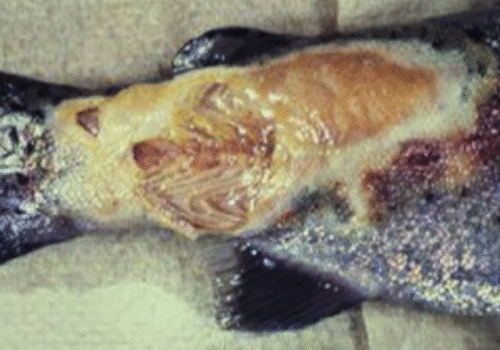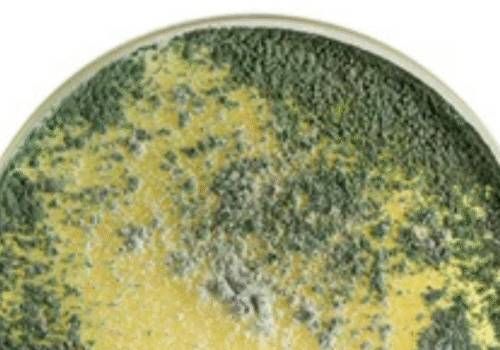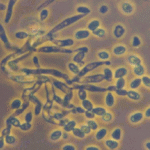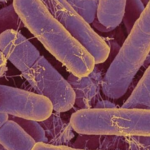Overview of the Microbe Anabaena azollae (also called Nostoc azollae) is a filamentous, heterocystous cyanobacterium that lives only inside the aquatic fern Azolla[2][7]. It forms...
Overview of the Microbe Coniothyrium minitans, also known by the synonym Paraphaeosphaeria minitans, is an ascomycete fungus in the family Didymosphaeriaceae [1]. This obligate mycoparasite...
Overview of the Microbe Taxonomy and Morphology Bacillus mucilaginosus (synonymously known as Paenibacillus mucilaginosus in some classifications) is a rod‐shaped, facultatively anaerobic bacterium belonging to the...
Overview of the Microbe Azospirillum amazonense was first isolated from the Amazonian rice rhizosphere by Tarrand et al. (1991) and formally described by Reinhold-Hurek et...
Overview of the Microbe Xanthobacter autotrophicus is a Gram-negative, rod-shaped, aerobic bacterium in the family Xanthobacteraceae[1]. It was first isolated in the 1970s (originally named...
Overview of the Microbe Paecilomyces lilacinus is a filamentous ascomycete fungus widely found in soils and decaying organic matter around the world[1][4]. It produces fast-growing...
Agrobacterium radiobacter is a rod‑shaped, motile, Gram‑negative bacterium widely distributed in soil and the root microbiome of dicotyledonous plants
Bacillus subtilis is a robust, Gram-positive bacterium widely recognized for its adaptability and efficiency in various environments.
Overview of the Microbe Derxia gummosa is a gram-negative, rod-shaped, obligate aerobic bacterium recognized for its capacity to fix atmospheric nitrogen [1]. First described in...
Overview of the Microbe Enterobacter cloacae is a gram-negative, facultatively anaerobic, rod-shaped bacterium belonging to the family Enterobacteriaceae. Initially recognized for its opportunistic pathogenicity in...
Overview of the Microbe Flavobacterium columnare is a Gram-negative, rod-shaped, filamentous bacterium that belongs to the phylum Bacteroidetes and class Flavobacteriia. It is the etiological...
Overview of the Microbe Gliocladium virens (teleomorph: Trichoderma virens) is a filamentous, soil-dwelling fungus well recognized for its ability to suppress a wide array of...

